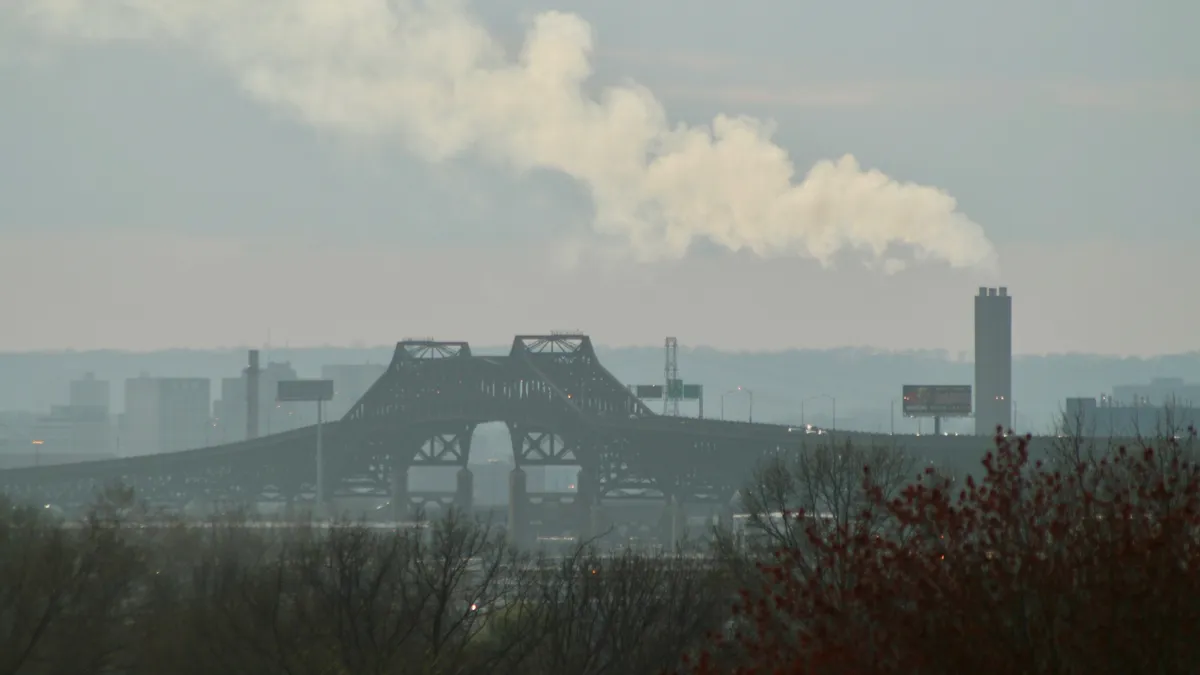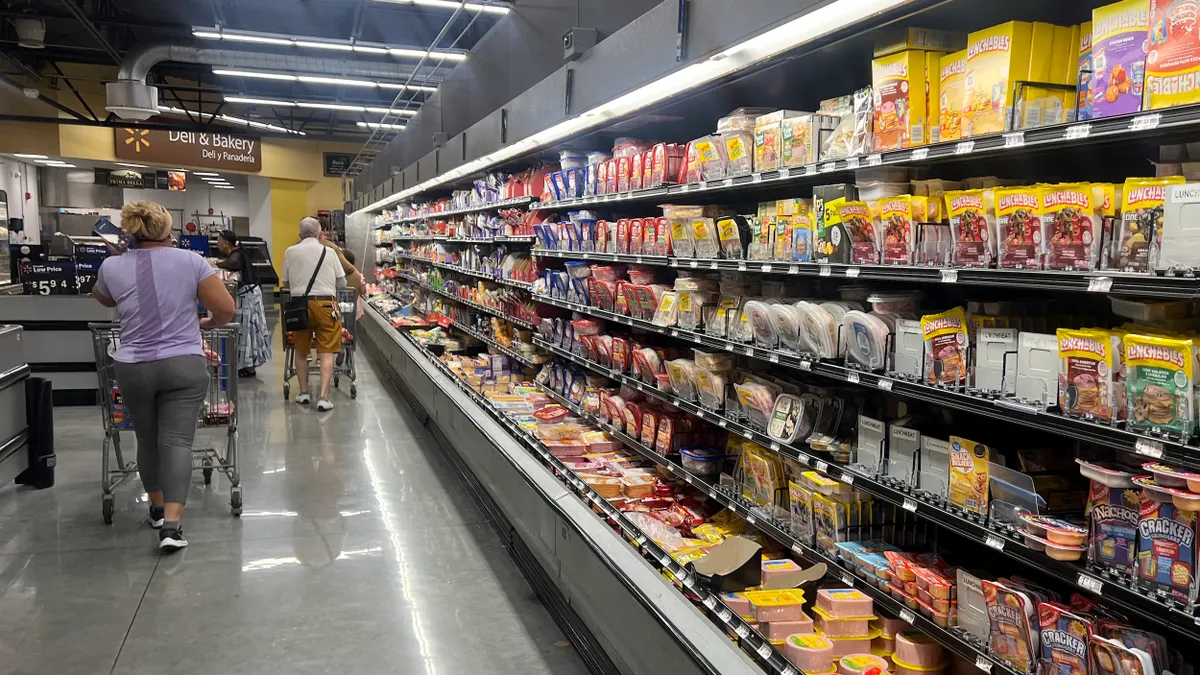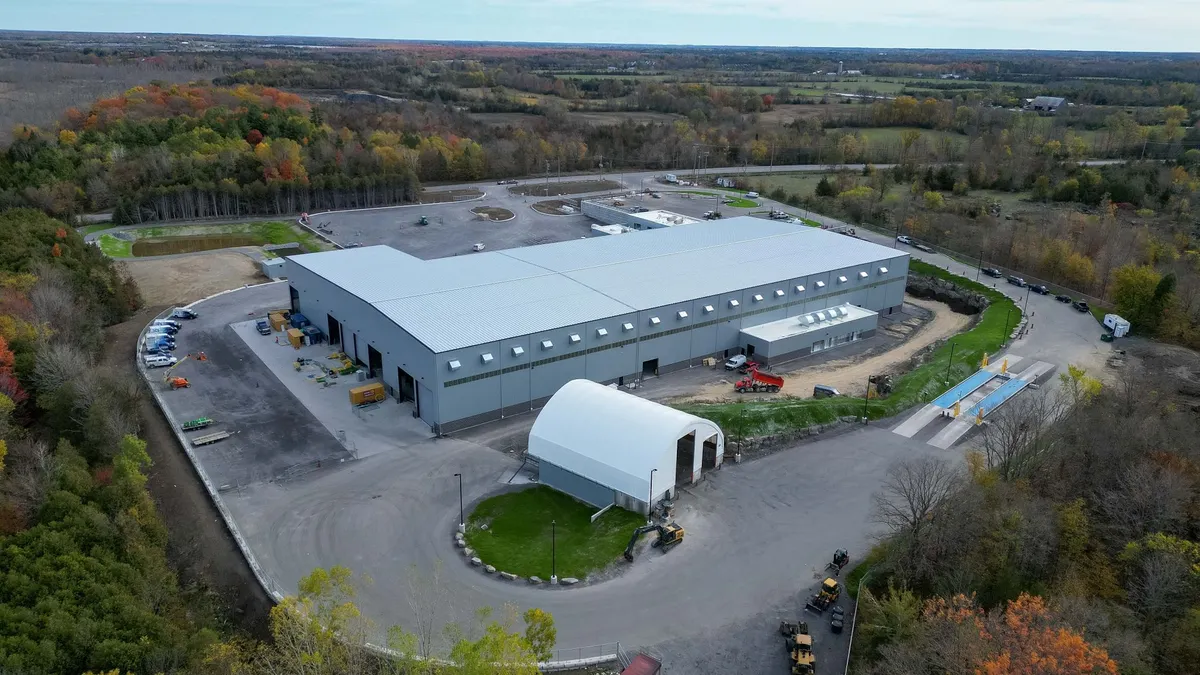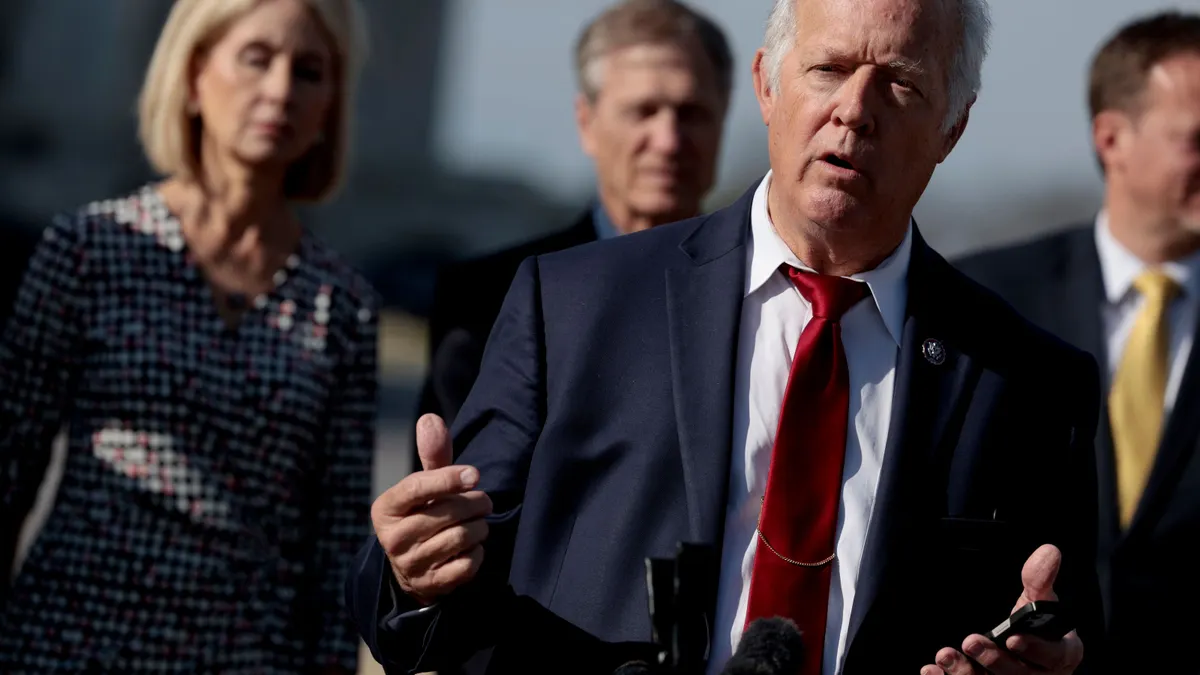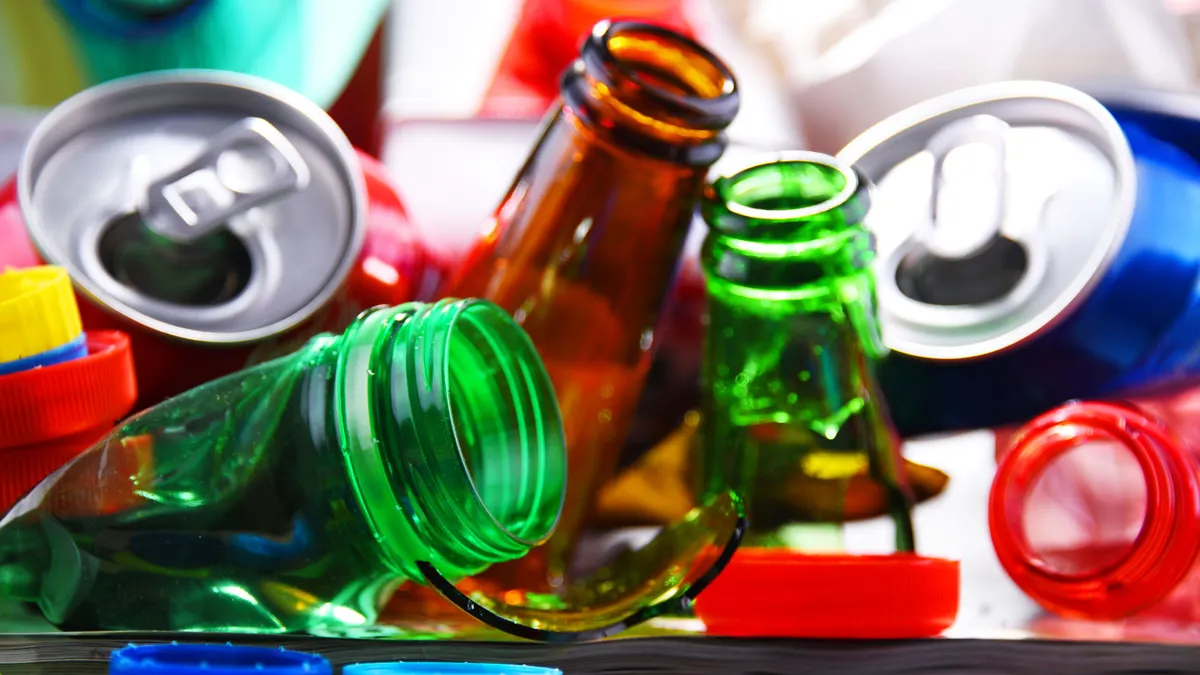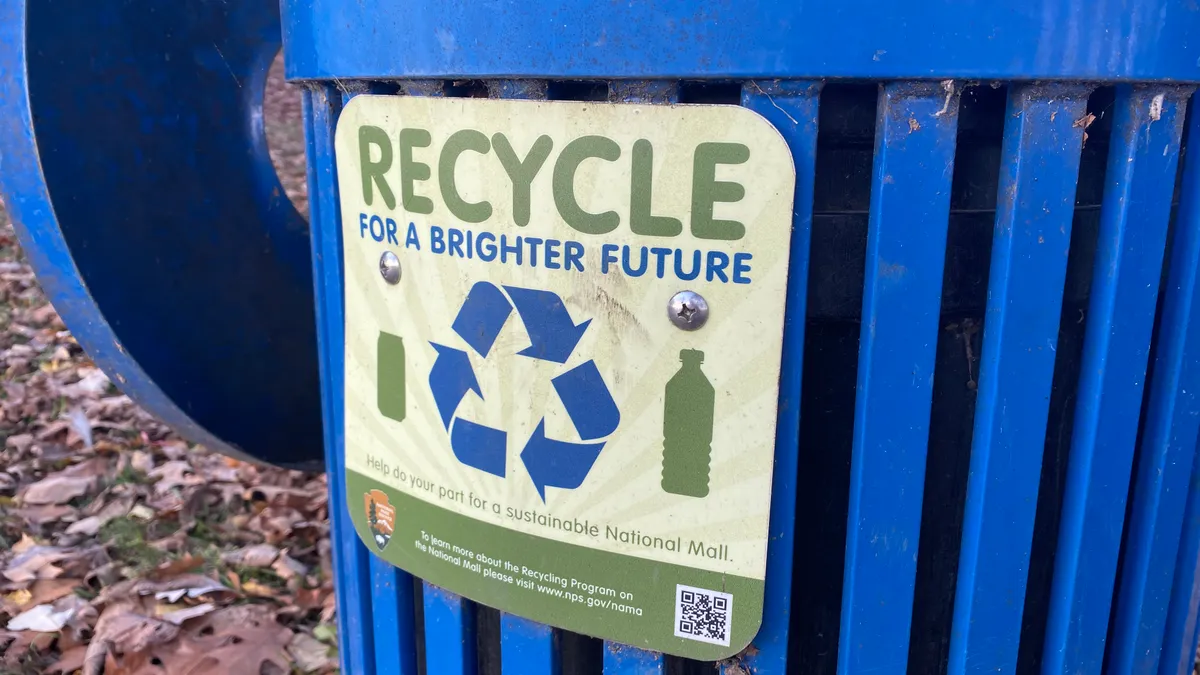Ongoing, multifaceted relationships with community members play a powerful role in influencing successful local and national environmental justice efforts, said speakers at the Northeast Recycling Council virtual conference.
Environmental justice was a significant theme in NERC’s conference Oct. 12-14, which featured speakers from local activist groups, businesses, nonprofits and the U.S. EPA. Participants weighed in on the scale of pollution in neighborhoods the EPA refers to as environmental justice communities, highlighted grassroots efforts to advocate for stronger community protections, and offered suggestions on how waste and recycling facility operators can build better relationships within their communities.
Here are some takeaways from those conversations at NERC.
Build healthy relationships in EJ communities that go beyond pollution control
Carlton Waterhouse, the nominee for assistant administrator of EPA’s Office of Land and Emergency Management, emphasized the waste and recycling industry should think of environmental justice as a long-term relationship-building effort with a focus on equality.
“When we talk about sustainable practices, we have to talk about social equity,” said Waterhouse, the keynote speaker. The EPA under the Biden administration has stressed the importance of environmental justice, and Waterhouse has a background in the work as the agency's former EJ lawyer. He invited participants to go beyond thinking about environmental justice as simply a pollution issue and consider whether the waste and recycling industry fairly distributes services across all types of neighborhoods, income levels and racial and cultural backgrounds.
“If we're going to engage in our work of sustainable development and sustainable resource management… it's critical that we implement circular economy strategies that are going to be inclusive of communities with environmental justice.”
Waterhouse said companies should also consider how their business contributes economically to a region and whether job opportunities are equally accessible to all kinds of groups. Companies can learn more about the neighborhoods where they operate before they open or expand locations, and can commit to hiring locally for a certain percentage of jobs.
Most importantly, operators should involve the community whenever possible when making big decisions. “Think about how decisions are being made and who's in the room when these decisions happen. Who is being consulted and who gets a heads up beforehand?”
Community organizing helped shape New Jersey’s environmental justice law
New Jersey passed a law in 2020 that requires certain operators to consider the environmental justice impacts on nearby communities when applying to expand a facility, construct a new one or renew permit authorization. It’s considered the country’s most notable environmental justice law because of its mandatory compliance components, and local activists told NERC participants how their long-term work on the issue served as a foundation for the new law.
In the past, states have tried regulating pollution through individual standards for specific air and water limits, or specific rules for industries or permit types. “The problem with that approach is that it doesn't account for the total amount of pollution in the neighborhood,” said Nicky Sheats, director of the Center for Urban Environment at the John S. Watson Institute for Urban Policy and Research. He is also a board member of the New Jersey Environmental Justice Alliance.
Members of that alliance, along with other community advocates, have worked on environmental justice issues in the state for years. One successful effort convinced several municipalities, including Newark, to adopt cumulative impact guidelines, he said. These require certain businesses to prove they are reducing pollution, or not adding more pollution to the community, when applying for certain permits. These efforts influenced New Jersey’s environmental justice law, Sheats said.
Portions of the state’s new law are already in effect, meaning operators of landfills, incinerators, transfer stations and other solid waste facilities may need to begin preparing if they plan to apply for permits or have existing permit applications in the works, said Matt Karmel, an attorney with Riker Danzig. The law now requires applicants to host a public hearing, open a public comment period of at least 60 days and provide an environmental justice impact statement that determines any new environmental or public health impacts the facility could pose to “overburdened communities.”
Maria Lopez-Nuñez, director of environmental justice and community development for the Ironbound Community Corporation, described why community-centered permitting processes are so important for the state. Some neighborhoods in large cities such as Newark are affected by pollution from multiple industries at the same time, including an incinerator run by Covanta and truck traffic carrying garbage from nearby New York, she said.
Though each of these industries may be in compliance with their individual permits, “every permit is allowed to go up to its very limit. So what happens when you're in this neighborhood, and every permit is hitting the limit?” said Lopez-Nuñez.
Laws that take into account cumulative human impacts, not just parameters of individual permits, “will hopefully be the beginning of a shift in consciousness for the way we do regulation,” she said. “We just want to know, are you adding to the problem or not?”
Reuse centers aim to create community action hubs
Speakers from reuse centers also discussed the ways their businesses prioritize community-building and community advocacy as well as waste reduction, repair and reuse.
Nancy Meyer, CEO of Community Forklift in Maryland, said reuse centers with strong community relationships should center the concerns and priorities of the neighborhood where they’re located. In addition to being a store that sells used goods, “it becomes a place where people start hearing and thinking and talking about their living conditions and their placemaking,” she said.
Community Forklift is located on a brownfield site in a neighborhood with a past history of other air and water pollution issues. Several years ago, the business helped support a community effort to successfully prevent a cement batching plant from being built in the neighborhood. “It was kind of a lightning rod for people to really engage and learn about environmental justice on the ground in a very significant way,” Meyer said.
Reuse centers aim to funnel material away from landfills and incinerators, which may help reduce the financial burden that low-income and environmental justice communities pay for waste management by reducing overall disposal costs. The cost for curbside trash and recycling pickup “may be factored into residents’ rent or is reflected in property taxes, and when collection costs increase… that ends up being externalized into the community,” she said.
Diane Cohen, executive director of Finger Lakes ReUse in New York, said reuse centers can also be a hub for helping people get back on their feet. Her organization offers free reused items to community members with financial burdens through grant funding and community donations.
Finger Lakes ReUse has a “major priority” of intentionally practicing inclusive and diverse hiring practices, she said. A big focus is hiring people who have barriers to other employment and paying them livable wages.



